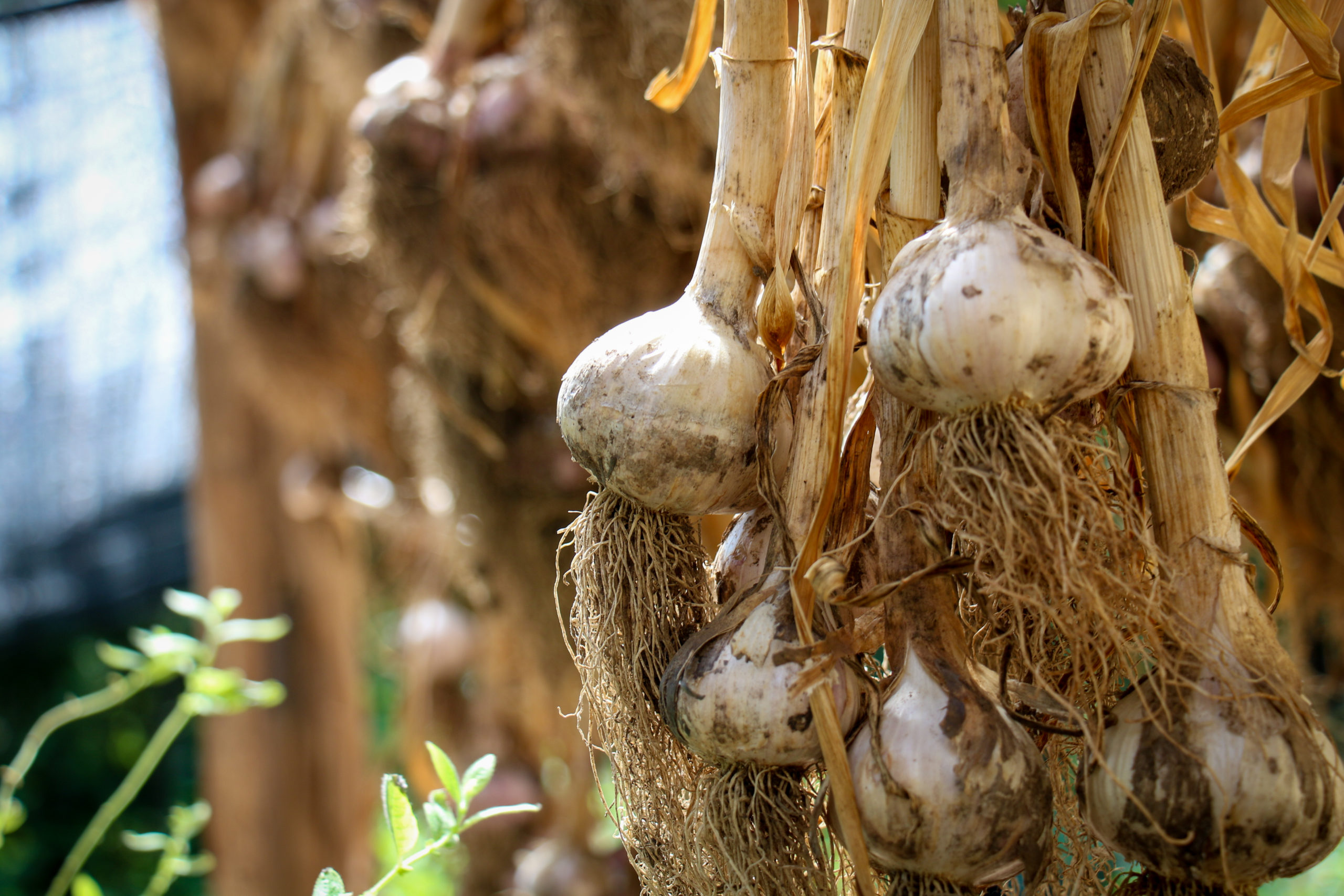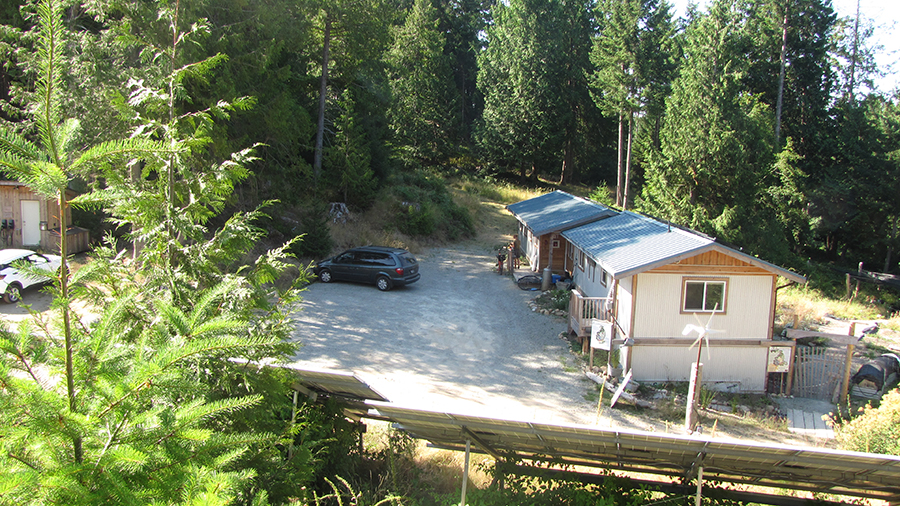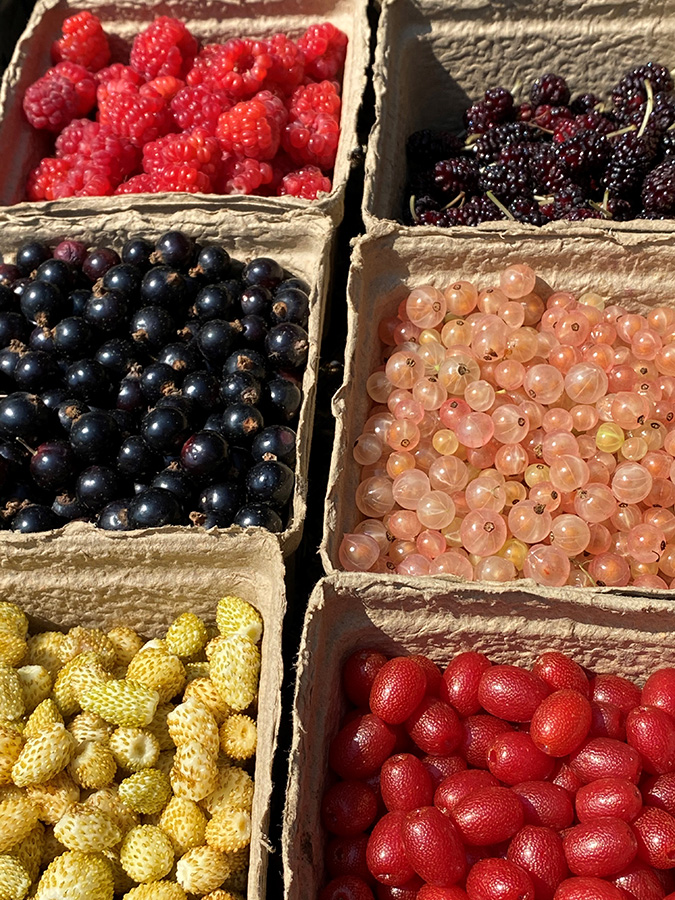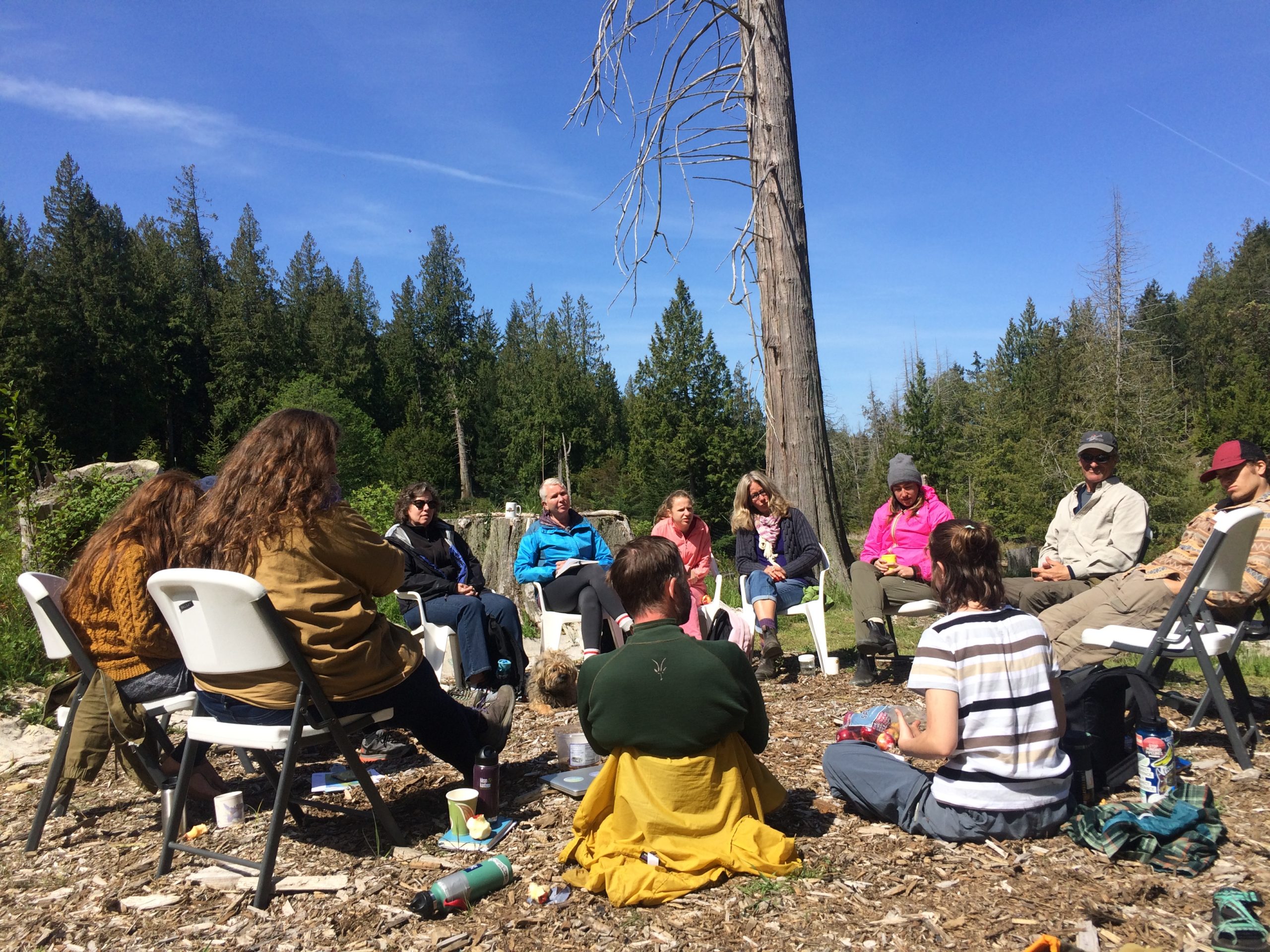Our project resulted in ten recommendations for how the Galiano Island community can reduce its ecological footprint. As an individual, you can take some of these actions on your own! For others, long-term community effort is required. Some are aspirational; others are very tangible.
To do our part to adapt to and mitigate the climate crisis, we all need to consider what changes we can make in our lives and in our community.


Contribute at a local level to less than 1.5 ℃ of warming globally to avoid catastrophic change

Contribute at a local level to less than 1.5 gha per capita globally to avoid Earth overshoot

Advance climate resilience, equity, and decolonization at a community level
No island community is “an island unto itself.” We have learned that One Planet Living is not possible to achieve on one island in isolation; instead, we believe that it is now essential to (re)connect and (re)knit the islands together through the Salish Sea waters that define them, following the lead of hwulmuhw mustimuhw [Indigenous people]. We see increased interdependence among island communities as key to local resilience, and increased collaboration among islanders as key to setting and achieving regional targets through regionally-tailored solutions.

The lands and waters that comprise Galiano Island are highly productive, despite having been impacted by industrial forestry, road building, land conversion, pollution, and depletion of marine resources. Currently, one third of the island’s Biocapacity has some form of protection. Efforts to protect intact ecosystems, restore degraded areas, enhance productivity, and apply ecosystem-based management will help to ensure that Galiano Island continues to be a Biocapacity reserve for the biosphere. Future efforts to protect ecosystems should not preclude hwumluhw mustimuhw [Indigenous people] or other community members from making sustainable use of island resources. We believe that islanders can be exemplary “stewards of Biocapacity” for the planet, and propose a new target of 50% protection of island Biocapacity.
You can contribute directly to this recommendation by:

Many of the issues discussed in this report already have dedicated community programs and/or organizations dedicated to addressing them. For example, the Galiano Club’s Community Food Program and the Galiano Island Recycling Resources Society are two examples of grassroots organizations that are already playing an important role in lowering the island footprint. BCIT’s “One Planet Scenario” calls for an 80% reduction of food waste and a 50% reduction in solid waste production, to be achieved through local production, meal planning, use of all food parts, and sharing and reuse of consumer goods. Both of these organizations are foundational to efforts to meet these targets, and we encourage community members to continue to support these and other vital local institutions.
You can contribute directly to this recommendation by:

Transportation is the single largest contributor to the local footprint. BCIT’s “One Planet Scenario” calls for a 50% decrease in vehicle fleet and 100% electrification of transport (including vehicles, watercraft, and ferries). Advocating for ferry electrification, creating active transport infrastructure, supporting the adoption of electric vehicles, improving public transportation options, and experimenting with island-adapted transport solutions (e.g. electric truck co-op, delivery services, vehicle sharing, revival of canoe culture) will all contribute to reducing the footprint of transportation. After considering the results, we feel that transportation is the area where the community has the potential to make the most impact.
You can contribute to this recommendation by:

One challenging result of our analysis is that the Galiano Island community claims a very large spatial area relative to its population for roads, structures, clearings, and other infrastructure to support human occupation. This “rural sprawl” has negative implications for ecosystem connectivity, island biodiversity, and access to harvest areas. The BCIT “One Planet Scenario” calls for an 85% reduction in residential developed area and an 80% reduction in non-paved roads. However, there is no fast or easy solution to this state of affairs, and limitations in groundwater availability pose a serious obstacle to densification that can and must be addressed. We believe that creative solutions to reduce the spatial footprint of settlement across the island will significantly reduce the Ecological Footprint, while also potentially addressing other issues such as housing affordability, ecosystem fragmentation, and access to harvest areas.
You can contribute to this recommendation by:

Electricity use on Galiano Island is higher than average for BC jurisdictions. Installation of heat pumps to replace fossil fuel heating and/or inefficient baseboard heating will lower the footprint and ghg emissions, as will improved insulation of dwellings. Low-carbon renovation options and aeration of septic fields would have an impact on reducing local ghg emissions. BCIT’s “One Planet Scenario” calls for a 50% reduction in septic emissions and 100% electrification of operating energy for buildings. We observe that supporting these small (but often expensive) upgrades will play a key role in footprint reduction.
You can contribute to this recommendation by:

In many respects, the Ecological Footprint is a measure of the environmental impacts of all the goods and services that are not produced locally within a given community. Re-localizing the production of essential goods does not necessarily eliminate, but greatly reduces the footprint of everything from food to fibre and even energy. Currently, many products and services that are provided locally are targeted at the seasonal population; we think that re-orientation of even some of this energy towards generating local necessities across and between the Southern Gulf Islands will lower the footprint while benefiting island resilience.
You can contribute to this recommendation by:

Rainwater harvesting and composting toilets are two examples of proven technologies and practices that address the very real challenges and opportunities presented by island living. We feel that these approaches could and should be adopted much more widely than they currently are, and that efforts to normalize (and/or formalize) their adoption at a community scale will reduce the footprint while also addressing limited groundwater availability and other pressing issues.
You can contribute to this recommendation by:

Our interviews with community members identified fishing and forestry as historical foundations of the Galiano Island economy that have now been effectively “lost.” The silver lining to the loss of these industries has been widespread recognition of the negative impacts of industrial clear-cutting and overfishing on Salish Sea ecosystems. Nevertheless, we think it would not be too much of a stretch to describe Galiano Island as “a small rock in the ocean covered in trees and surrounded by fish.” With this in mind, we believe that it is essential to the long-term sustainability of the island community to revive a local economy for forest and marine resources, with an orientation towards ecosystem health and community benefit.

Our interviews with Indigenous islanders reinforce that Galiano Island has been home to many, diverse hwulmuhw mustimuhw [Indigenous people] since time immemorial. From an Ecological Footprint perspective, the Indigenous lifeways that were practiced in the Salish Sea prior to colonization provide the ultimate, locally-adapted example of “One Planet Living.” From the perspective of the Truth and Reconciliation report, “Reconciliation is not an Aboriginal problem; it is a Canadian one. Virtually all aspects of Canadian society may need to be reconsidered.” We thank the individual hwumluhw mustimuhw who shared their time and knowledge with us during the course of this project, and we make our recommendations with the understanding that they may be improved upon or reconsidered entirely pending further input from the Indigenous peoples who include Galiano Island as part of their territory. We hope our work here may be of some use to the ongoing process of accounting for and addressing the harms of colonization.
